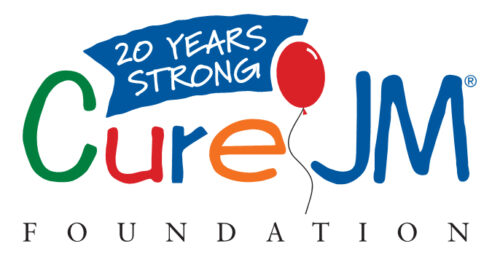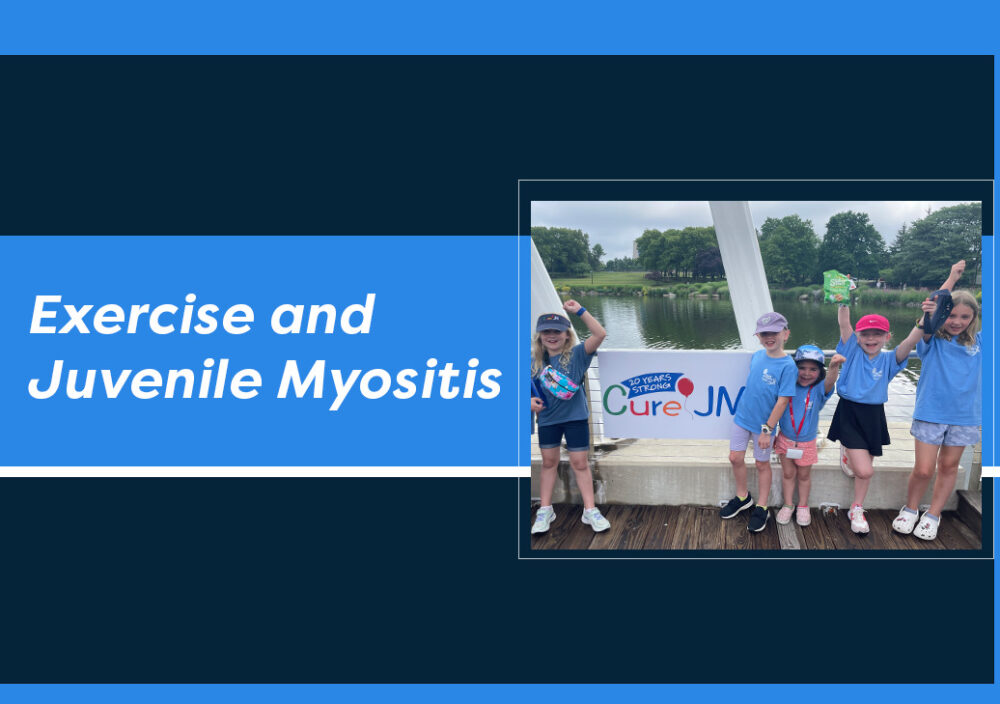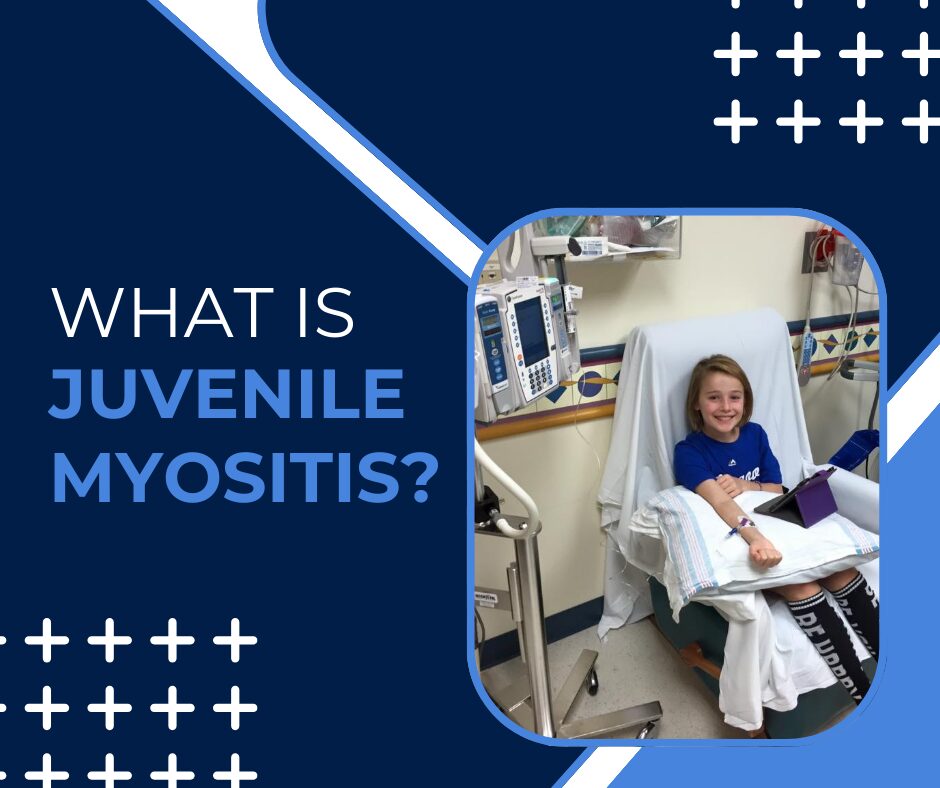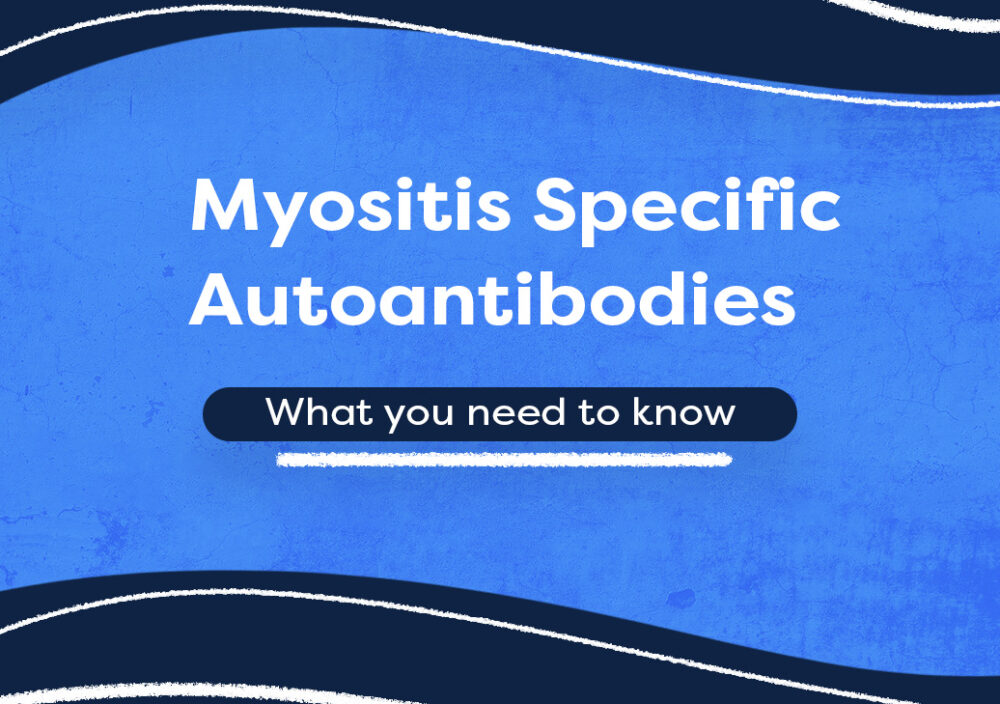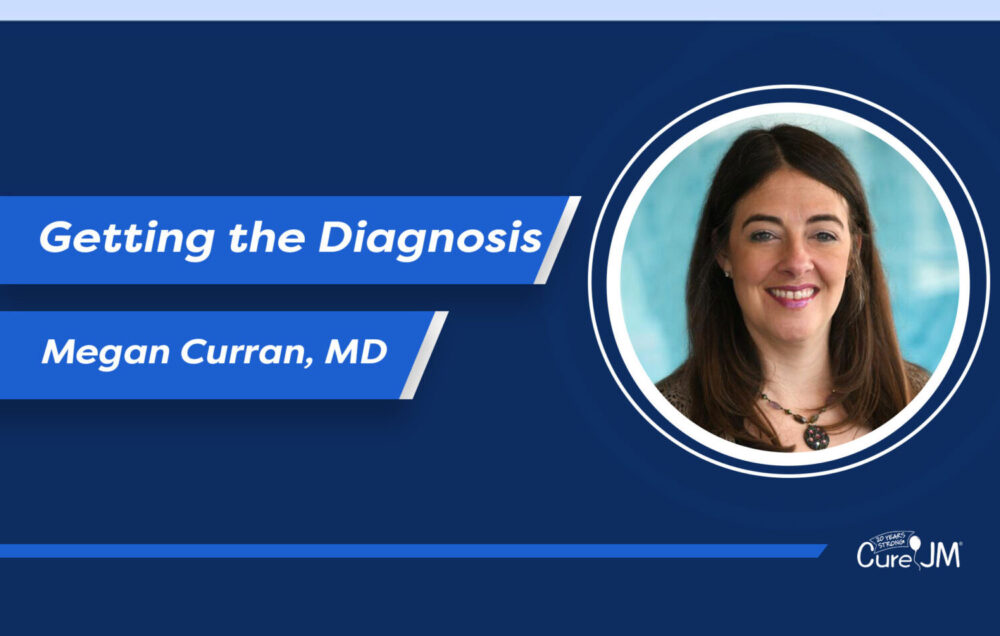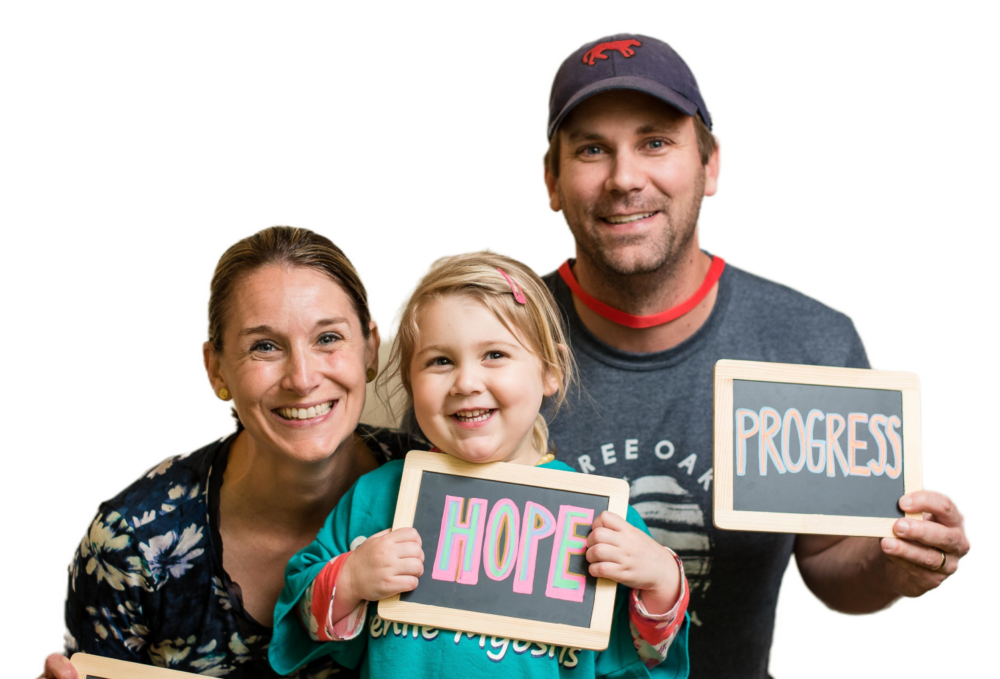Cure JM is honored to partner with leading experts that help our families learn more about living with juvenile myositis. From virtual symposiums to town hall discussions, doctors and other experts have touted the importance of exercise in JM patients.
Recently, Cure JM Clinical Care Network and Medical Advisory Board member, Dr. Brian Feldman of The Hospital for Sick Children in Toronto shared an, “Ask the Doc,” presentation detailing the safety and benefits of exercise in dermatomyositis. Dr. Feldman has spent decades pioneering research into the role that exercise plays in myositis. His research suggests that exercise can influence positive outcomes in JM.
Over the past few years, this topic has garnered the attention of other experts in managing the disease. Physical therapist Sue Maillard, a clinical specialist and physiotherapist in Pediatric Rheumatology and Musculoskeletal Pain at Great Ormond Street Hospital in London, and Dr. Laura Tasan, MD, RHMSUS at Children’s Hospital of Pittsburgh of UPMC have also presented on exercise as an important therapy in JM.
Each of the presentations mentioned is linked below. We have also highlighted the key findings of each presenter and compiled a list of the six things to know about exercise in JM.
Six Things to Know about Exercise in JM
1. Exercising and stretching are safe for everyone at all stages of the disease.
Exercise and stretching help when children have active disease and when they are considered in remission. According to Dr. Tasan, there is no research that suggests exercise causes flares. While a child might become sore after exercising, that soreness is not related to the disease itself. If the soreness continues, the exercise should be altered or reduced to better suit the child. Dr. Feldman noted that exercise is safe and also stated, “So I think we can say with the data that’s currently available that it’s pretty strongly suggested that both in the short term and in the long term exercise is going to make you better, more functional, and more fit even if you have dermatomyositis.”
2. Exercise is vital to maximize independence, strength, and mobility
Exercising can help children when they are fighting the disease and after they have achieved remission. In fact, muscles lose strength within 24 to 48 hours, and maximum muscle strength is lost in the first six weeks. So while medicine may stop the disease in the muscles, exercise helps bring back movement and strength to those muscles.
3. According to Maillard, exercise may slow the disease process and reduce inflammation and is vital for any degree of recovery and repair
Not all muscles are impacted by juvenile myositis. Muscles not even impacted by JDM may begin to lose strength as patients stop using them. Therefore, exercise will help all muscles recover and repair. The muscles recover by using them. Dr. Feldman added, “There are potent anti-inflammatory effects of fitness exercise.”
4. There are different kinds of exercises and stretches that can be done
Maillard and Tasan both share that a physical therapist or physiotherapist can make a plan for your child that includes both simple and complex exercises. Simple exercises (such as hip abductions) help to complete the complex exercises (like walking) that are necessary for everyday activities. Your child’s physical therapist will work on developing a plan for your child’s muscles, covering: range of motion, strengthening, and conditioning
5. Exercise can be done at home, but it is recommended that it be guided by a licensed Physical Therapist or Physiotherapist. This professional will work with your child to set up individualized exercises that progress over time.
An example of some exercises that could be done at home include: https://www.curejm.org/stretching-video/
6. You are your child’s best cheerleader and advocate.
As a parent, you will want to ensure the exercises and stretches are not only being completed but being completed correctly. You can assist and help when necessary. Also, remember schools are required to provide treatment by a physical therapist if the illness interferes with the academic process. You can discuss modifications to your child’s recess and physical education classes with his/her school.
